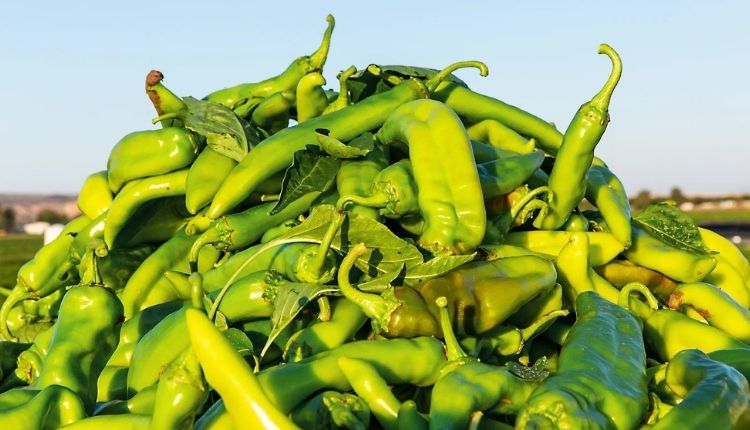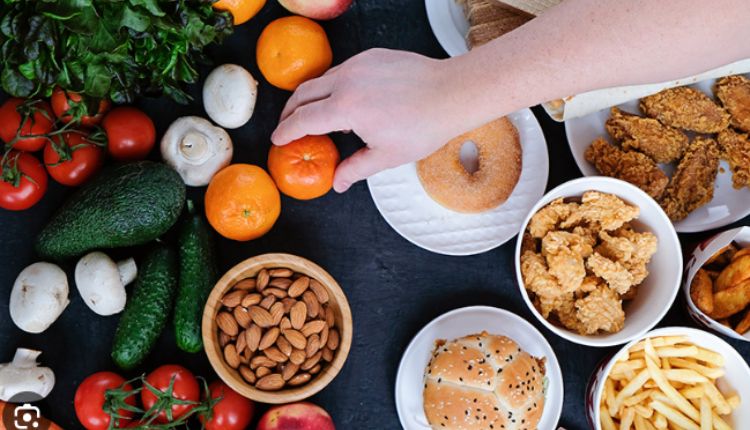
Should Restaurants Offer Food Delivery?
Restaurant delivery service is a growing trend. But whether or not you want to offer it depends on your resources, venue type, and customer base. Consumers have always craved convenience — but that need was amplified during the COVID-19 pandemic. Many restaurants saw their delivery sales double during this time.
In-House Ordering System With On-Demand Delivery
An in-house online ordering system eliminates commission rates from third-party apps and allows clients to directly contact you if they have an issue. It also enables you to gather public reviews and feedbacks that can help you improve your service and products. On-demand Restaurant Delivery gives your customers a convenient dining experience that fits their schedules. It also expands your customer base and revenue potential.
A unified online restaurant ordering system makes it easy to handle takeout, curbside pickup, in-house dining, and delivery on the same platform. Customers can see their orders in real-time, and their payment information syncs with your POS system to keep revenue up to date. Track orders in real-time to keep your kitchen staff up to speed. Dispatch orders to your delivery partners using dynamic algorithms that factor in current driver locations and traffic to save on route fuel costs and time. The customer app also displays order status updates, such as when the order went to the kitchen, when it was prepared, and when it will be delivered.
Third-Party Delivery Apps
Third-party delivery apps such as Grubhub, Uber Eats and DoorDash provide customers with access to a vast range of dining options through user-friendly apps or websites. These platforms streamline the ordering process, providing on-demand convenience for customers and restaurant owners alike. By partnering with third-party Food Delivery services, restaurants can tap into an expansive customer base and boost sales without the hassle of managing an in-house delivery fleet or investing in costly marketing campaigns. However, it is important to weigh the pros and cons of working with third-party delivery service providers before committing to a partnership.
Depending on the service you choose, restaurants can expect to pay commission fees on every order placed through their platform. These service fees can eat into restaurant profits and may result in higher menu prices and delivery charges for customers. Some restaurants may also be required to invest in technology integrations with these third-party services. For example, New York City recently passed a law requiring third-party delivery services to disclose consumer data to restaurants on a monthly basis.
In-House Ordering System With In-House Drivers
Bringing online delivery in-house can help restaurants avoid third-party service fees of 30+% and maintain control over their brand. However, this option can require a significant upfront investment in hiring and training delivery drivers, purchasing delivery vehicles, and managing delivery routes. Some point-of-sale systems offer built-in features that help restaurants manage in-house delivery operations. These solutions include map-based dispatch and driver smartphone apps for efficient order fulfillment. Restaurants can also use these tools to establish their own delivery rates to reduce costs by encouraging customers to pickup orders instead of paying high delivery fees.
With this model, restaurants can leverage their FOH team to handle delivery orders during the COVID-19 pandemic. This allows them to save on additional overhead costs during the peak of demand while retaining staff they know well. In addition, it can help them avoid a loss in revenue from the reduced number of dine-in guests. However, this strategy may limit their ability to reach out to customer for marketing initiatives or loyalty programs.
Delivery Only Restaurants
In a Delivery Dudes-only restaurant (also known as a virtual, ghost, or cloud kitchen), there’s no dine-in space. Instead, consumers order food online or via a third-party app and pay upfront. This model saves on overhead costs while allowing restaurants to focus on delivering consistent, high-quality meals directly to customers. With all orders placed online or via an in-app, delivery-only restaurants can eliminate the chance of an order being misheard or entered incorrectly. They can also sync their POS and kitchen management systems for added efficiency.
To create a seamless customer experience, it’s essential for restaurants to offer transparent pricing and an easy ordering journey. This includes a checkout tipping option for your customers, which will help increase average order value and boost your bottom line. Orderable’s streamlined online ordering system and kitchen management systems integrate seamlessly, so it’s quick and simple for restaurants to offer this feature.
Conclusion
The Delray Beach-based homegrown pioneer that led the charge before Uber Eats and DoorDash is moving into a new chapter. The Dudes have joined forces with (and rebranded to) ASAP, an online ordering technology platform. Drivers can earn $15 to $20 per hour on the service, which increases during customer surges. They are independent contractors who must pay for car insurance.




